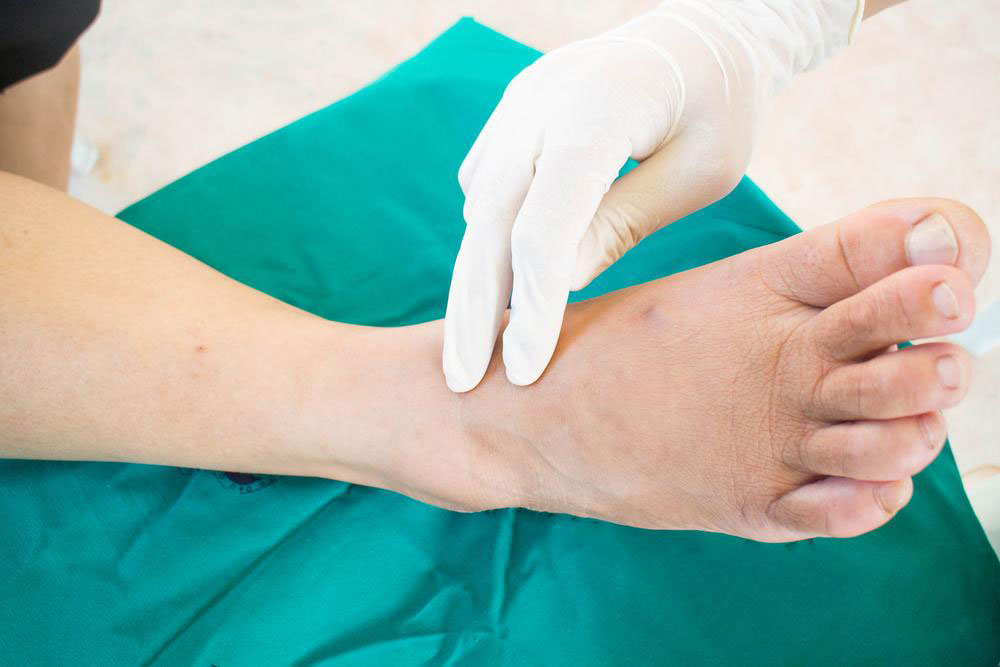Neuropathy – An Overview
Neuropathy means the nerve is having some problem or a nerve with a problem. In only a small percentage it is ever without an underlying cause. These cases where no cause could be found. This is known as the Idiopathic type and it is treated for the symptoms. Neuropathy has no cure per se.

If any central nerve is involved it would be specifically mentioned. Since neuropathy can affect a single, mononeuropathy, a set of nerves, polyneuropathy, the symptoms presented are different and they help identify the nerve. The majority of neuropathies are a result of some underlying medical reasons. It is always the underlying cause that is treated and cured. Presented symptoms will generally help identify the nerves involved. If for example a motor nerve is affected the symptoms will be pain and weakness of the limb the nerve controls. One would face difficulties in moving the particular limb. In the case of sensory nerve one will experience tingling, burning, numbness etc. over the area the nerve is distributed. In the case of an autonomous nerve, one can expect disruption is the functions of breathing, sweating, breathing, urination and erectile dysfunction. Bell’s palsy is a classic case of mononeuropathy. Trigeminal neuralgia, a very painful condition is another mononeuropathy.
A diagnosis is effected from the history and the presented symptoms. The involved nerve is identified and determine the exact medical cause may involve diagnostic investigations. The common causes are:
- Idiopathic, about 30% of all cases.
- Diabetes, about 50% of diabetes patients develop neuropathy, by far the commonest cause.
- Vitamin B and folate deficiencies.
- Cancers like lymphomas and myelomas cause peripheral neuropathy.
- Some of the chemotherapy drugs and HIV drugs.
- Chronic liver and kidney diseases.
Infections, injuries, tight plaster casts, alcohol, Toxins, inflammations like shingles, HIV and Lyme disease, hereditary diseases, rheumatoid arthritis, Sjogren’s syndrome and systemic lupus erythematosus and Guillain-Barré syndrome.











